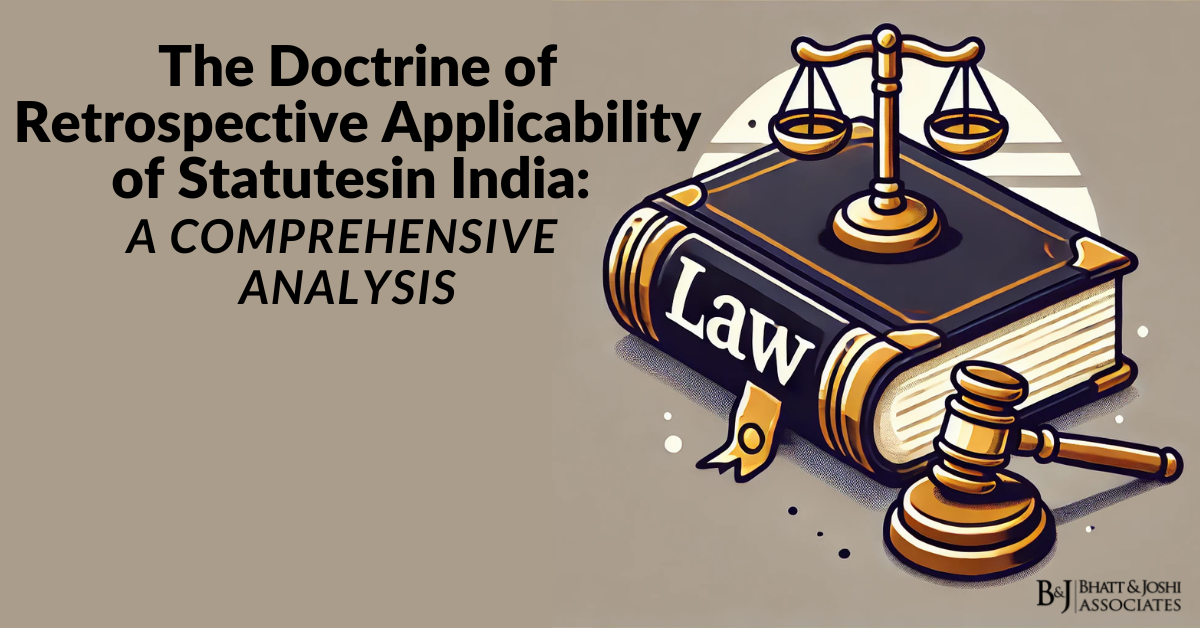An In-Depth Analysis of the Landmark Decision by the Seven-Judge Bench

Introduction
In a groundbreaking judgment, the Supreme Court of India significantly altered the legal landscape of arbitration in India. This article provides a comprehensive analysis of the decision rendered by the seven-judge bench regarding the enforceability of arbitration clauses in unstamped or inadequately stamped Arbitration agreements.
Background of the Case
Origins and Evolution
The case, titled “In Re Interplay Between Arbitration Agreements Under The Arbitration And Conciliation Act 1996 And The Indian Stamp Act 1899,” stemmed from a curative petition filed against the 2020 ruling in Bhaskar Raju and Brothers vs. Dharmaratnakara Rai Bahadur Arcot Narainswamy Mudaliar Chattram & Other Charities and Ors. A subsequent referral by a five-judge bench led to the reassessment of the correctness of the NN Global decision.
The Supreme Court’s Judgment
Key Conclusions of the Bench
The bench, led by Chief Justice DY Chandrachud, concluded that:
- Agreements without proper stamping are not void from the beginning or unenforceable, but are inadmissible in evidence.
- Non-stamping or inadequate stamping is a rectifiable issue.
- Stamping-related objections are not under the scope of Sections 8 or 11 of the Arbitration Act; the court’s role is limited to verifying the prima facie existence of an arbitration agreement.
- Stamping objections fall within the arbitral tribunal’s jurisdiction.
- Overruling the NN Global and SMS Tea Estates decisions.
Justice Sanjiv Khanna concurred, affirming that unstamped agreements are not void ab initio.
Rationale Behind the Judgment
Chief Justice Chandrachud emphasized minimizing the supervisory role of courts in arbitration contracts, stating that requiring courts to decide on stamping issues would contradict the legislative intent of reducing court intervention in arbitration processes.
Legal Implications and Analytical Perspective
Distinction Between Existence and Validity
The petitioners argued that the existence and validity of an arbitration agreement are separate. The court’s role under Section 11 of the Arbitration and Conciliation Act, 1996, is to confirm the existence of an agreement, leaving its validity to be determined by the arbitrator. This distinction is crucial in understanding the court’s limited intervention in arbitration matters.
Doctrine of Separability
Conclusion: A New Era in Indian Arbitration
This landmark decision marks a significant shift in Indian arbitration jurisprudence. By upholding the enforceability of arbitration clauses in unstamped agreements, the Supreme Court has reinforced the principles of arbitration autonomy and minimal judicial intervention. The judgment provides much-needed clarity in the realm of arbitration law in India, promoting an efficient and autonomous dispute resolution environment. The decision, overturning previous rulings like NN Global, signifies the judiciary’s commitment to fostering a robust arbitration framework in India.













